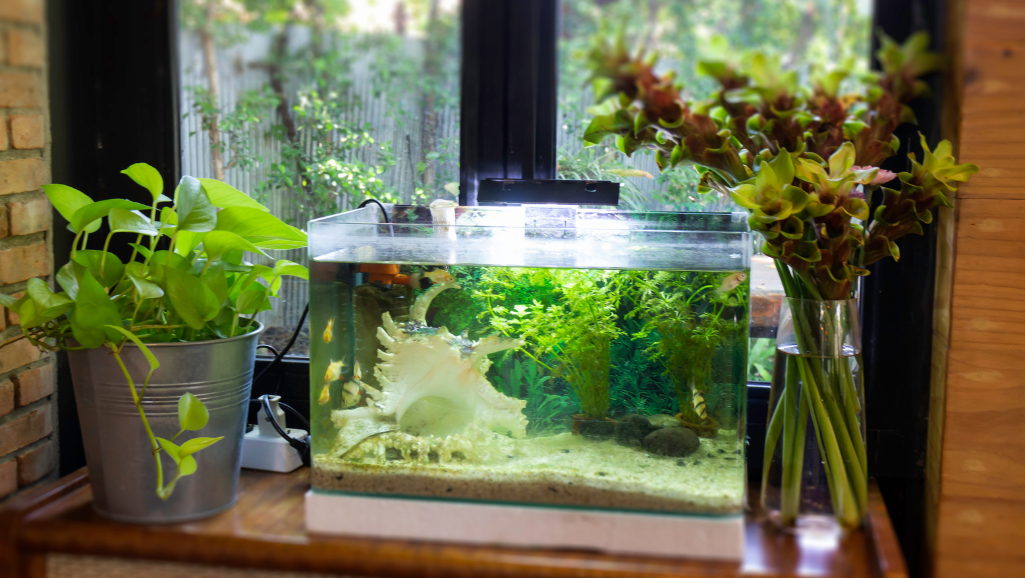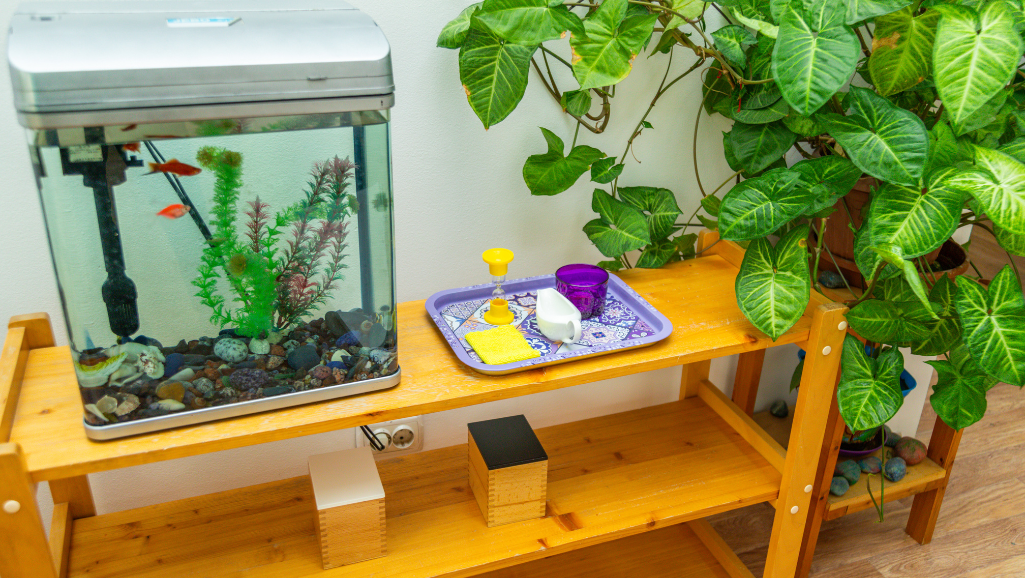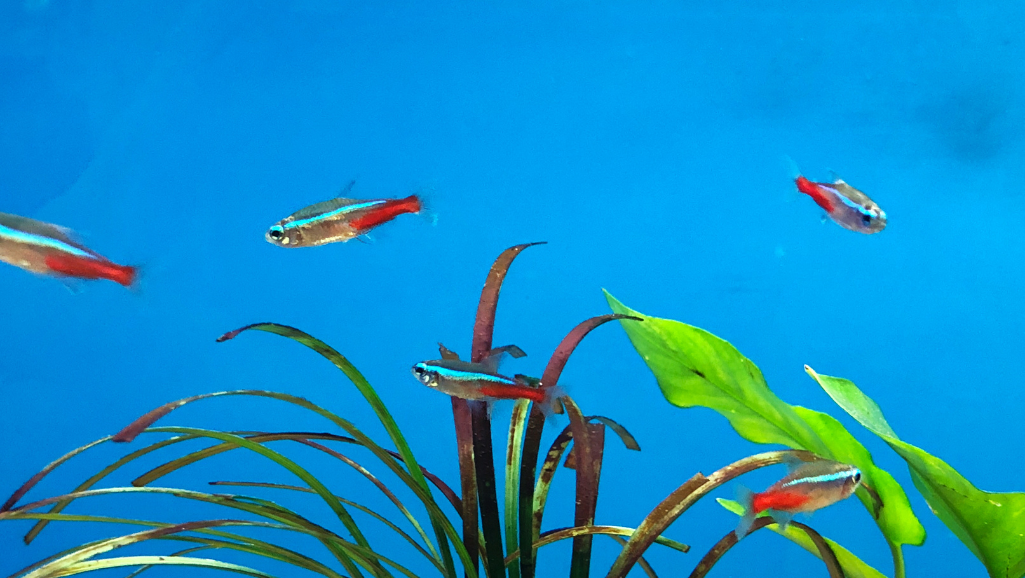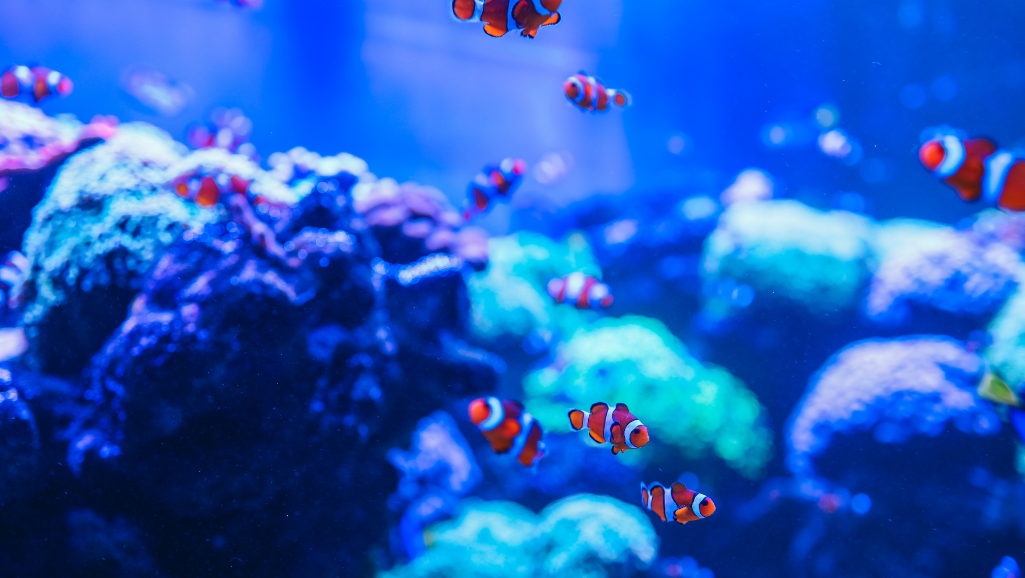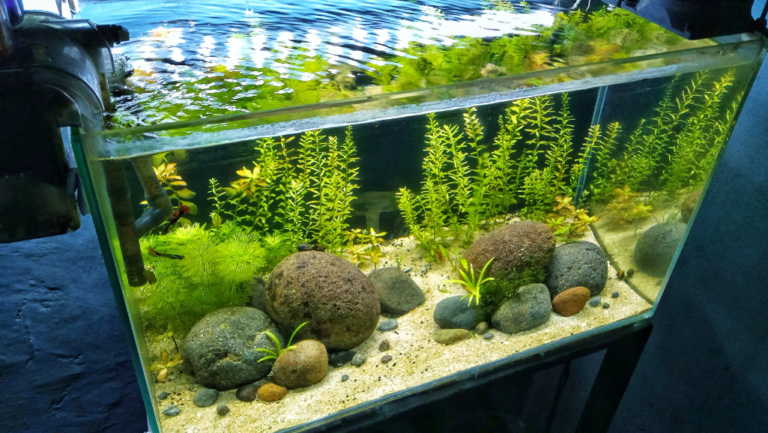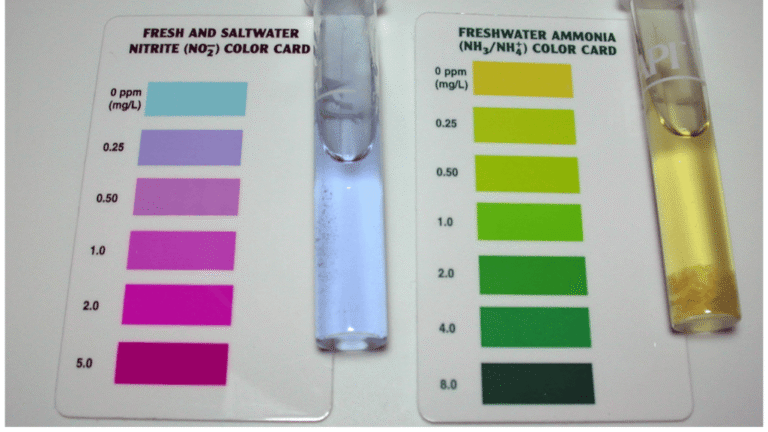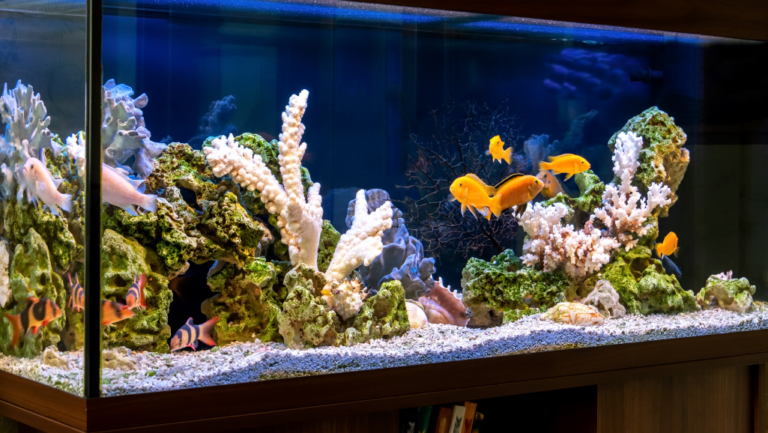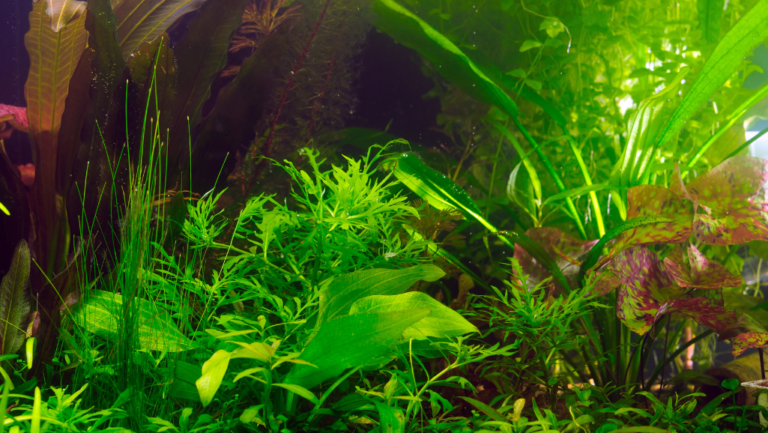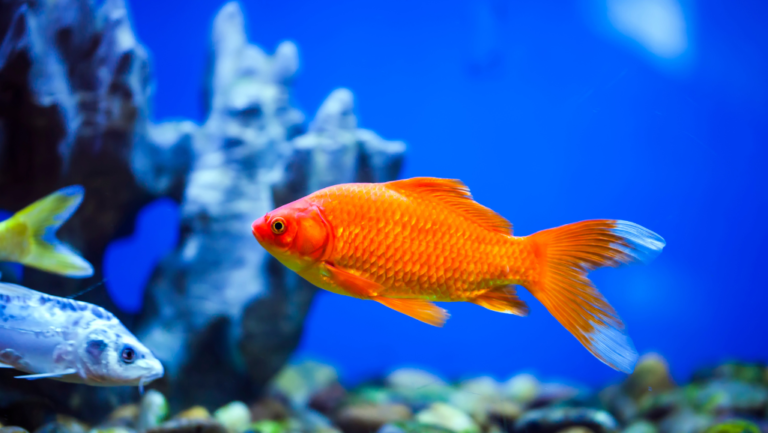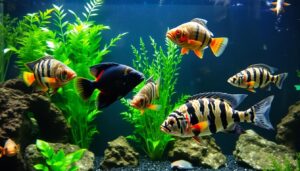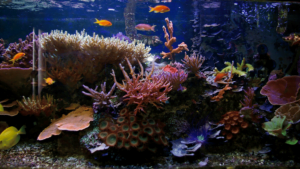Creating a thriving aquatic environment in your living space is easier than you might think. Whether you’re a beginner or an urban dweller with limited room, this guide will walk you through the essentials of setting up a fish tank that’s both functional and beautiful.
Planning is key when starting this project. Choosing the right tank size, location, and equipment ensures a healthy habitat for your fish. A well-maintained setup not only enhances your decor but also brings a sense of calm to your surroundings.
Understanding the needs of your aquatic pets is crucial. From water quality to temperature control, every detail matters. This guide provides a step-by-step process to help you create an optimal environment for your fish to thrive.
Ready to dive in? Let’s explore the essential steps to get your tank up and running. For more detailed tips, check out this comprehensive guide on setting up a fish tank.
Key Takeaways
- Proper planning ensures a successful aquarium setup.
- Choosing the right tank size and location is essential.
- Understanding fish needs leads to a healthier environment.
- Equipment like heaters and filters are crucial for maintenance.
- Cycling the tank before adding fish prevents health issues.
Understanding the Appeal of a Small Aquarium at Home
Discover the charm of compact aquatic setups that fit seamlessly into modern lifestyles. These miniature ecosystems are perfect for urban dwellers, dorm rooms, or anyone with limited space. They bring a touch of nature indoors while offering a low-maintenance pet experience.
The Benefits for Beginners and Limited Spaces
Compact aquatic setups are ideal for beginners. They require less equipment and are easier to maintain compared to larger tanks. According to The Spruce Pets, these setups are cost-effective, making them accessible for those new to the hobby.
For those living in tight spaces, these setups are a game-changer. They can fit on desks, shelves, or countertops, adding a calming presence to any room. Plus, they’re a great way to introduce children to the responsibilities of caring for a pet.
Debunking Common Myths About Mini Aquatic Setups
One common myth is that goldfish thrive in compact tanks. In reality, they need more space to grow and stay healthy. Another misconception is that fish only grow to the size of their tank. This is false and can lead to poor life quality for the fish.
Not all species are suited for compact environments. Experts recommend choosing fish like guppies or freshwater shrimp, which adapt well to smaller spaces. Carefully selecting the right species ensures a thriving ecosystem and a happier pet.
“Mini aquatic setups are a fantastic way to enjoy the hobby without the complexity of larger tanks. Just be mindful of the needs of your aquatic pets.”
Choosing the Right Size for a small aquarium at home
Selecting the perfect tank dimensions is the foundation of a thriving aquatic habitat. The size of your setup plays a critical role in maintaining water quality, temperature balance, and overall fish health. A well-chosen tank ensures a stable environment, reducing the risk of rapid changes that can stress your aquatic pets.
Understanding tank dimensions and volume is essential. For example, a 20-gallon tank is often recommended for beginners, as it provides enough water volume to dilute pollutants and maintain stable conditions. Larger tanks, like 30 or 55 gallons, offer even more stability and space for a diverse community of fish.
Understanding Tank Dimensions and Volume Requirements
Dimensions in inches and volume in gallons are key factors when choosing a tank. A 10-gallon tank, for instance, is ideal for small species like guppies or shrimp. However, larger fish, such as goldfish, require more space to thrive. As a rule of thumb, provide one gallon of water per inch of fish to ensure adequate room for growth and activity.
Experts often advocate for larger tanks because they are easier to maintain. Larger volumes dilute toxins, reducing the frequency of water changes. This principle, known as “the solution to pollution is dilution,” highlights the importance of proper tank size in creating a safe and healthy environment.
“A larger tank not only provides more space for your fish but also offers greater stability in water conditions, making it easier to manage.”
When selecting a tank, consider the adult size of your fish and their habitat needs. For example, a 29-gallon tank is an excellent choice for first-time hobbyists, offering ample space for decorations and a variety of fish species. For more detailed guidance, check out this comprehensive guide on choosing the right tank size.
Essential Equipment and Supplies
The key to a healthy fish habitat lies in selecting the right equipment. Even compact setups require basic tools to ensure your aquatic pets thrive. From maintaining water quality to creating a visually appealing environment, the right gear makes all the difference.
Filters, Heaters, and Lighting Options
A filter is crucial for keeping the water clean and free of harmful toxins. Experts recommend a power filter with a bio-wheel system, ensuring the water is filtered at least four times per hour. For a 20-gallon tank, this means a flow rate of 80 gallons per hour (GPH).
Proper temperature control is vital for cold-blooded fish. Most species thrive in water between 74 to 77 degrees Fahrenheit. A heater with 3 to 5 watts per gallon is ideal for maintaining this range. For larger tanks, using two smaller heaters ensures even heat distribution.
Lighting not only enhances the visual appeal but also supports plant growth. For fish-only setups, 1 to 2 watts per gallon is sufficient. If you’re adding live plants, aim for 2 to 5 watts per gallon to promote photosynthesis.
Essential Accessories and Maintenance Tools
Accessories like gravel, nets, and water conditioners are just as important. Use 1 pound of gravel per gallon for a stable substrate. Two nets make catching fish easier and provide a backup if one is lost or damaged.
Water conditioners remove chlorine, ammonia, and heavy metals, making the water safe for fish. Regular testing kits for ammonia, nitrite, and pH levels are essential for monitoring water quality. Partial water changes every 1-2 weeks prevent harmful waste buildup.
“Investing in reliable equipment ensures a stable and healthy environment for your aquatic pets. It’s worth the effort to get it right from the start.”
For a detailed guide on setting up your tank, check out this comprehensive resource.
Step-by-Step Guide to Setting Up Your Aquarium
A successful aquatic setup begins with proper preparation and patience. From cleaning the tank to adding the final touches, each step ensures a healthy environment for your fish. Let’s dive into the process.
Preparing the Tank and Water for Fish
Start by cleaning the tank with warm water. Avoid soap or chemicals, as they can harm your fish. Rinse thoroughly to remove any residue. Next, fill the tank with tap water and add a water conditioner like Tetra® AquaSafe® to remove chlorine and chloramine.
Let the water sit for 24 hours to stabilize. This allows the conditioner to work and ensures the water is safe. Use a thermometer to check the temperature, aiming for 74 to 77 degrees Fahrenheit. A heater with 5 watts per gallon is ideal for maintaining this range.
Adding Substrate, Decorations, and Plants
Lay the substrate first. Use 1 pound of gravel per gallon for a stable base. Rinse the gravel thoroughly to remove dust and debris. Spread it evenly across the bottom of the tank.
Add decorations like rocks, caves, or driftwood to create hiding spots for your fish. Live plants, such as Java Fern or Anubias, enhance the ecosystem and provide oxygen. Arrange them carefully to avoid overcrowding.
Once everything is in place, fill the tank to the bottom of the top frame. Leave some air space between the water and the cover. This ensures proper gas exchange and prevents spills.
“Proper preparation is the foundation of a thriving aquatic environment. Take your time to get it right.”
Feeding your fish correctly is crucial. Start with a small amount of food once a day. Overfeeding can lead to water quality issues. Monitor their eating habits and adjust the amount as needed. Regular feeding routines, spaced over a week, help maintain a balanced ecosystem.
Remember, patience is key. Allow the tank to cycle for 1 to 2 weeks before adding fish. This ensures a stable environment and reduces the risk of sudden changes in water quality.
Selecting the Best Fish, Plants, and Other Creatures
Building a vibrant underwater world starts with selecting the right fish and plants. A balanced combination ensures a thriving ecosystem while enhancing the visual appeal of your tank. Careful consideration of species compatibility, size, and care requirements is essential for success.
Choosing Suitable Fish Species for Mini Aquariums
When selecting fish, prioritize species that thrive in compact environments. Neon tetras are a popular choice, known for their vibrant colors and peaceful nature. They do best in groups of at least six, creating a stunning visual display.
Betta fish are another excellent option, requiring minimal space and offering striking beauty. However, they are solitary and should not be housed with other bettas. Guppies are lively and adaptable, making them ideal for beginners. They also add a splash of color to your tank.
Always consider the adult size and waste production of your chosen species. Smaller fish, like tetras and guppies, produce less waste, making them easier to manage in limited spaces.
Incorporating Live Plants and Beneficial Snails
Live plants play a dual role in your tank. They enhance aesthetics while improving water quality by absorbing nitrates and producing oxygen. Species like Java Fern and Anubias are low-maintenance and thrive in various conditions.
Adding beneficial snails, such as Nerite or Mystery snails, can help control algae and keep your tank clean. They are peaceful and coexist well with most fish species. Together, plants and snails create a balanced ecosystem that supports your fish’s health.
“A well-chosen combination of fish, plants, and snails ensures a thriving and visually appealing aquatic environment.”
For more detailed recommendations on selecting the best fish for a small tank, explore this comprehensive guide.
Maintaining a Healthy Aquatic Ecosystem
Keeping your aquatic environment healthy requires consistent care and attention. A balanced ecosystem ensures your fish thrive and your tank remains visually appealing. Regular maintenance, including water testing and cleaning, is key to achieving this balance.
Water Testing and Regular Water Changes
Water quality is critical for the health of your fish. Regular testing helps monitor levels of ammonia, nitrite, and nitrate. Aim for 0 ppm ammonia and nitrite, and keep nitrates below 40 ppm for freshwater tanks.
Partial water changes are essential to remove pollutants and maintain stability. Replace 25-30% of the water every 1-2 weeks, depending on the number of fish. For tanks with many fish, more frequent changes may be necessary.
“Regular water changes are the cornerstone of a healthy aquatic environment. They prevent harmful waste buildup and ensure stable conditions.”
Tips for Feeding and Cleaning Your Tank
Feeding your fish correctly is just as important as water quality. Most species do well with one or two feedings per day. Ensure all food is consumed within 2 minutes to avoid overfeeding, which can harm water quality.
For adult fish, adjust feeding amounts based on their size and activity level. Herbivores and foraging species may require smaller, more frequent meals. Always monitor their eating habits to ensure they’re getting the right nutrition.
Cleaning your tank involves more than just water changes. Use a gravel vacuum to remove debris from the substrate, and clean decorations to prevent algae buildup. Regular maintenance keeps your tank looking its best and supports a healthy ecosystem.
- Test water weekly for ammonia, nitrite, and nitrate levels.
- Perform partial water changes every 1-2 weeks.
- Feed fish in small amounts, ensuring all food is consumed quickly.
- Clean the tank regularly to prevent algae and debris buildup.
Avoiding Common Pitfalls and Misconceptions
Many beginners overlook critical factors that can make or break their aquatic setup. From overcrowding to overfeeding, these mistakes can harm your fish and disrupt the balance of your tank. Understanding these challenges is the first step toward creating a thriving environment.
Overcrowding and Overfeeding Dangers
Overcrowding is a common issue that leads to rapid water quality deterioration. Too many fish in a limited space increases waste production, causing ammonia and nitrite levels to spike. This stress makes fish more vulnerable to disease and shortens their lifespan.
Overfeeding is another mistake that can quickly turn your tank toxic. Uneaten food decomposes, releasing harmful chemicals into the water. Feed your fish only what they can consume in a few minutes to avoid this problem.
“Overcrowding and overfeeding are silent killers in aquatic setups. A balanced approach ensures a healthier environment for your fish.”
Understanding the Limitations of Closed Systems
Closed systems, like fish bowls, are often marketed as low-maintenance. However, they lack essential features like filters and heaters, making them unsuitable for most fish. These systems cannot sustain a healthy ecosystem, leading to poor water quality and stressed fish.
Choosing the right kind of setup is crucial. Opt for a tank with proper filtration and heating to provide a stable environment. This choice ensures your fish thrive and reduces the need for constant maintenance.
- Avoid overcrowding to maintain water quality and reduce stress.
- Feed fish in small amounts to prevent toxic waste buildup.
- Steer clear of closed systems like bowls that lack essential features.
- Make the smart choice by selecting a tank with proper equipment.
By understanding these pitfalls, you can create a sustainable and healthy aquatic environment. Taking the right way from the start ensures your fish live a long and happy life.
Creative Design Ideas and Customizations
Transform your space with creative aquatic designs that reflect your personal style. A well-designed setup not only enhances your decor but also creates a unique focal point in any room. From modern trends to DIY innovations, there are endless ways to make your aquatic display stand out.
Incorporating Aesthetic Elements for a Personalized Look
Start by choosing the right type of substrate. Colored gravel or sand can add a vibrant touch, while natural stones create a serene, earthy vibe. Pair these with custom lighting options, such as LED strips, to highlight your tank’s best features.
Live plants are another great way to enhance aesthetics. Species like Java Moss or Anubias are low-maintenance and add a lush, green backdrop. Combine these with decorative elements like driftwood or ceramic caves to create a visually appealing and functional habitat.
“A well-designed aquatic setup is more than just a tank—it’s a reflection of your creativity and style.”
Using Alternative Containers for Unique Aquatic Displays
Think outside the box by repurposing alternative containers. Recycled jars, vintage vases, or even glass terrariums can serve as unique vessels for your aquatic display. These options are perfect for adding a touch of personality to your room decor.
When choosing a container, ensure it’s large enough to accommodate your fish and plants. Proper filtration and heating are still essential, even in unconventional setups. This approach allows you to create a one-of-a-kind piece that doubles as a conversation starter.
Stay updated with the latest market innovations. Many brands now offer customizable kits that include everything you need for a unique setup. These kits often feature modern designs and high-quality materials, making them a great choice for beginners and experienced hobbyists alike.
- Experiment with different types of substrates and lighting to create a personalized look.
- Use live plants and decorative elements to enhance both aesthetics and functionality.
- Repurpose alternative containers for a unique and stylish aquatic display.
- Explore market innovations to find customizable kits that suit your needs.
Conclusion
A well-maintained fish tank can bring joy and tranquility to any space. By focusing on proper equipment, water quality, and species selection, you can create a thriving environment for your aquatic pets. Attention to detail and following expert advice ensures your setup remains healthy for many years.
Regular maintenance, such as water testing and partial changes, prevents harmful conditions. Choosing the right fish and plants also plays a crucial role in maintaining balance. For additional guidance, visit a trusted pet store to find high-quality supplies and expert recommendations.
With dedication and the right resources, your fish tank can become a beautiful and sustainable ecosystem. For more tips on creating a thriving aquatic environment, explore this comprehensive guide. Start your journey today and enjoy the rewards of responsible pet care.

